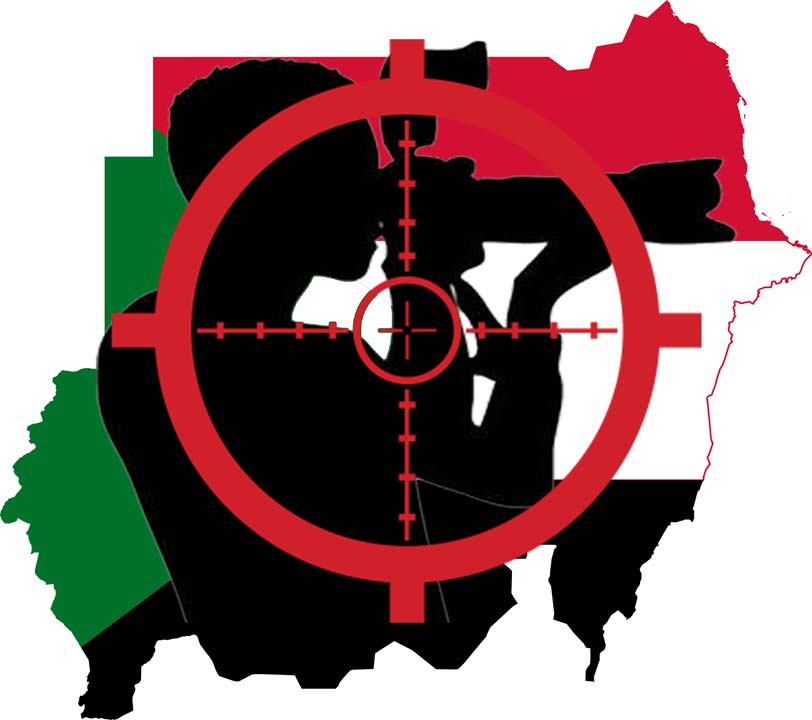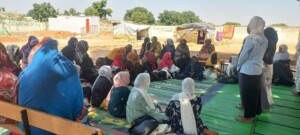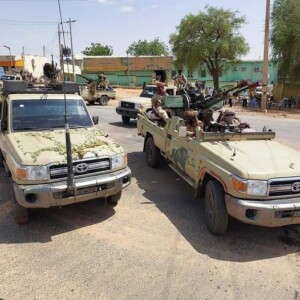SJS: 14 Sudanese journalists murdered, 67 press freedom violations in 2025

Graphic: RD
The Sudanese Journalists Syndicate (SJS) documented 67 violations against Sudanese media in 2025, including the killing of at least 14 journalists and media workers. This brings the total number of violations recorded since the outbreak of war to 590.
Attacks on Sudanese journalists have developed into a “systematic and organised pattern” that threatens the public’s right to information and undermines prospects for peace, the SJS says in its latest report published on Wednesday.
The syndicate names 14 journalists who were killed last year. Twelve were killed by the paramilitary Rapid Support Forces (RSF), while one journalist died after his health deteriorated as a result of torture while detained by Sudan’s Military Intelligence. Other documented violations include enforced disappearances, arbitrary detentions, gender-based targeting, and attacks on Sudanese journalists in exile, particularly in Egypt and Libya.
El Fasher, the capital of North Darfur, was the most dangerous area for journalists in 2025, the report says. At least four journalists were killed, and several others went missing, after the RSF captured the city in October. Among them was Taj El Seir Ahmed Suleiman, director of Sudan News Agency in El Fasher, who was murdered in his home late November.
SJS lamented the “use of the judiciary as a tool” to silence independent media through politically motivated charges. Journalists were also targeted through hate speech, including defamation threats directed at media workers, along with institutional harassment patterns including licence withdrawals, procedural restrictions, and interference with union activities.
SJS says it has now recorded a total 595 violations against the press since the war’s outbreak. Meanwhile, Sudan continues to languish at the bottom of the annual Reporters Without Borders Press Freedom Index, dropping from 149th in 2024 to 156th out of 180 countries in 2025.











 and then
and then